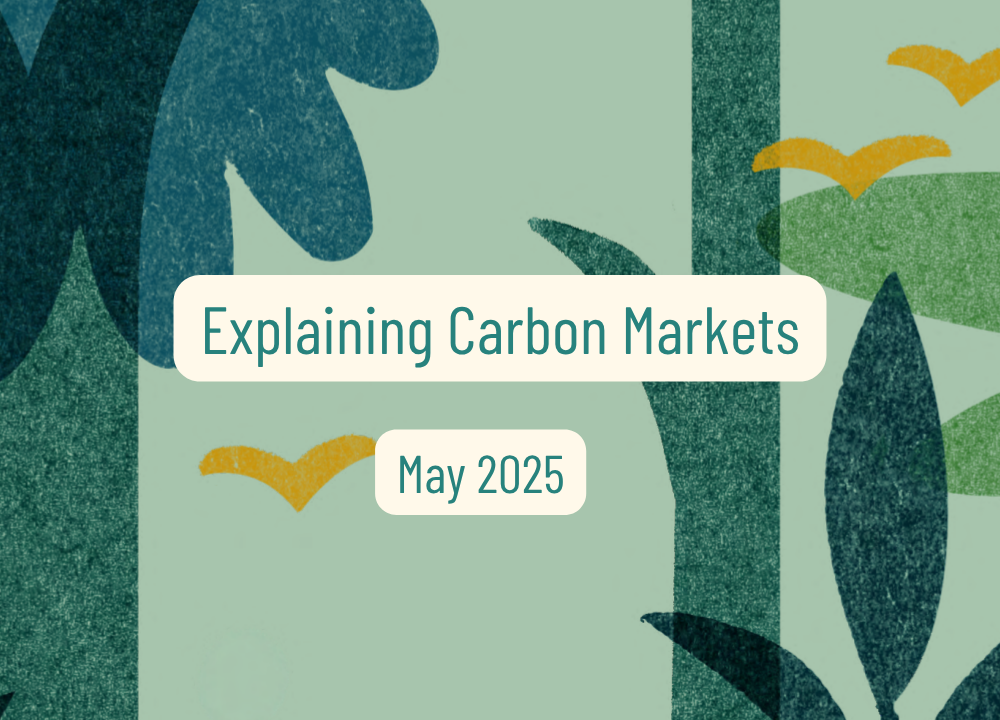Explaining Carbon Markets
The climate crisis is arguably the most consequential and complex collective challenge that humanity has ever faced. Adapting to and mitigating its many manifestations requires both global consensus and local action on an unprecedented scale. The challenge of financing the global transition from fossil fuel-driven economies to net zero greenhouse gas emissions is as vital and complex as human-induced climate change itself.
Carbon markets are one of many mechanisms presently being explored as potential solutions to financing climate change mitigation. With the aim to discourage heavily polluting activities by making it more expensive to emit greenhouse gasses, carbon markets, in theory, incentivize industries to prioritize the switch to net zero. In practice, however, carbon markets are grappling with an integrity crisis. Their market-oriented structure, global scope, and inherent complexity provide fertile ground for greenwashing, corruption, and nefarious profiteering.
Within this context, Development Gateway: An IREX Venture is working to better understand how the integrity of carbon markets can be improved. Our analysis centers on leveraging our evidence and data-driven approach to develop digital public anti-corruption tools for carbon markets. We strive to support the development of high-integrity carbon markets that maximize transparency, local participation, and accountability.
This brief provides an introduction to carbon markets for readers working across the sustainable development, anti-corruption, and civic tech sectors. It outlines the political context behind their evolution, explains the operational procedures of these complex mechanisms, and highlights the fundamental principles essential for building digitally-enabled, high-integrity carbon markets.

Explaining Carbon Markets
This brief introduces carbon markets to those in sustainable development, anti-corruption, and civic tech. It unpacks their political context, operational procedures, and the core principles needed to build digitally enabled, high-integrity systems.